QuestionHello Mark!
I have two RES that I raised from hatchlings. They are about 5 inches and I'm pretty sure they're both male. They have been doing the courtship where one flutters their claws in front of the other one. And I'm pretty sure I saw the male organ protruding from the tail of one because it was black and then retreated back in. However, I have seen the same characteristics on the other turtle - same claw length and tail length and thickness, but have yet to see any "fanning" on it. I have seen them trying to mate with one trying to mount the other. I know dogs don't care who they're with, but I would have thought turtles wouldn't be interested sexually in the same sex. Is this behavior normal? I know vets explain the canine behavior as a dominance issue, so could this be the same for turtles? Also, I have them in a 75 gallon tank and just changed their basking island to a much larger one to accommodate their weight and size, but they have taken a shine to it and is devouring it piece by piece. Their poop being full of plastic munchies is clogging up the filter rapidly. I feed them the Reptomin floating sticks as well as offer the anacharis or romaine lettuce or carrots and other turtle treats. They eat anything put in front of them, so not sure why they're eating their island. I'm about ready to release these guys (and I know the perfect place) because they don't know the difference between plastic and food and I'm afraid it's a health hazard. Any thoughts?
AnswerBehavior- perfectly normal captive behavior. Dominance, aggressions, stress, etc. amplified by a little crowding. 75 gallons os a bit snug for a pair of half-grown turtles. At this stage, they should have about 100 gallons to play in and retreat from each other in.
Eating the dock- ZooMed floating log docky thing, I bet? Lots of turtles eat this thing. You may want to try a different type. I do not know if it is a health hazard- but not many real-life docks are made from that pressed material.
Release- please don't release them in the wild. The rule of thumb for releases is generally don't do it if captive for more than 8 months, or released more than a mile from their original home. If you feel you should release them, release them in a place totally surrounded by people and cut off from the wild populations. A park lake, etc.
The risk of infecting or messing with the wild population is pretty high.
Good luck, no matter what you decide!

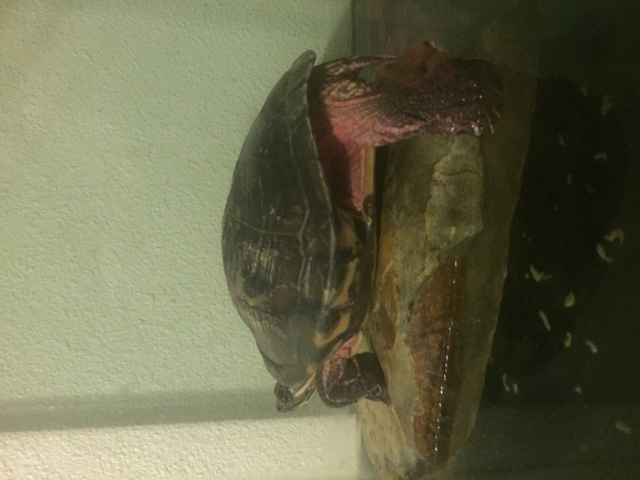 Skin infection
Question
Dudley
I think my 20 year old red ear
Skin infection
Question
Dudley
I think my 20 year old red ear
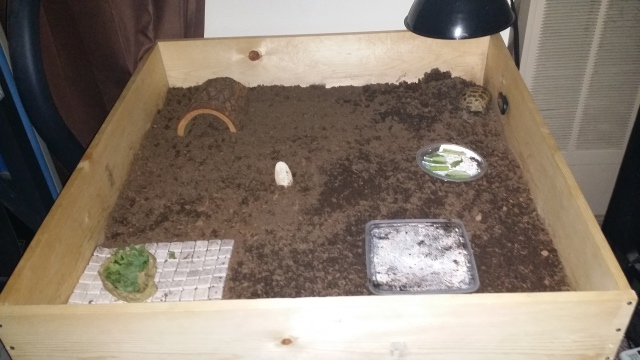 My new Russian Tortoise not eating
QuestionQUESTION: I purchased a Russian Tortoise from P
My new Russian Tortoise not eating
QuestionQUESTION: I purchased a Russian Tortoise from P
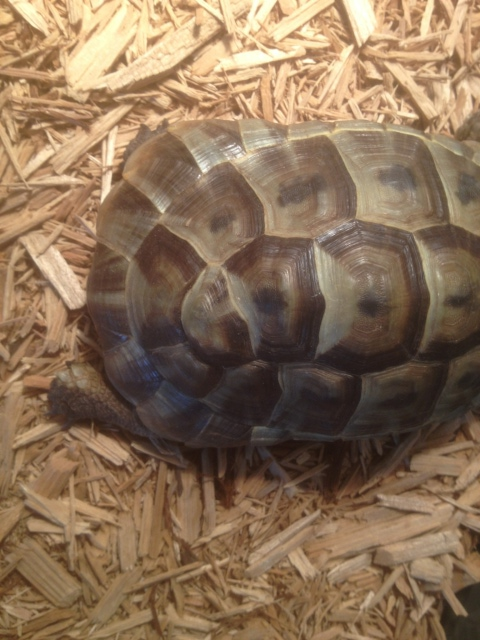 Greek tortoise shell question
Question
Tortoise shell 1 Tortoise shell 2
Greek tortoise shell question
Question
Tortoise shell 1 Tortoise shell 2
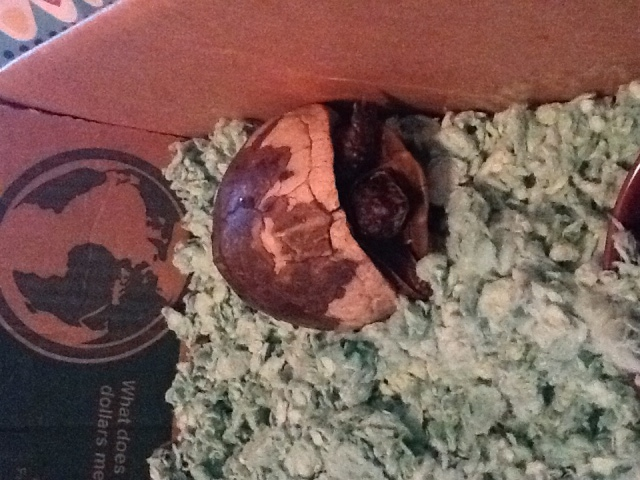 tortoise not eating
QuestionQUESTION: my turtle is not eating and its Febru
tortoise not eating
QuestionQUESTION: my turtle is not eating and its Febru
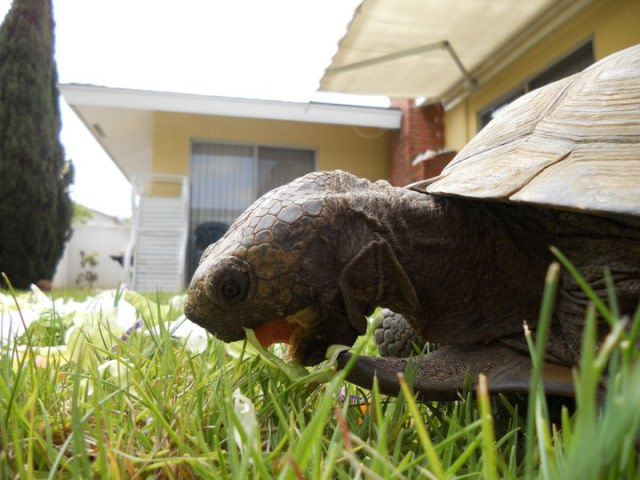 My 60 year old Turtle
Question
frank 3 weeks ago
Hello, two weeks ago
My 60 year old Turtle
Question
frank 3 weeks ago
Hello, two weeks ago